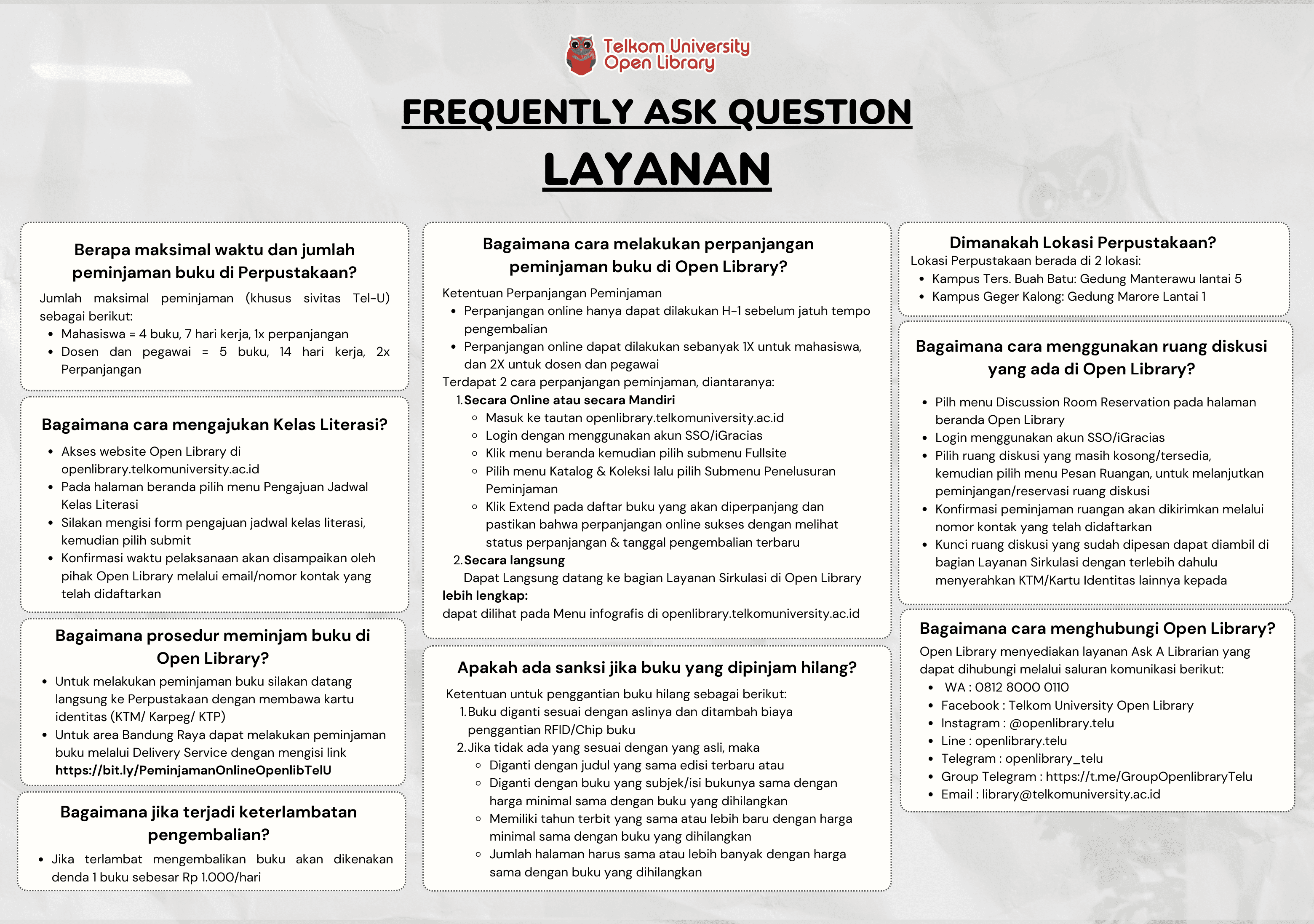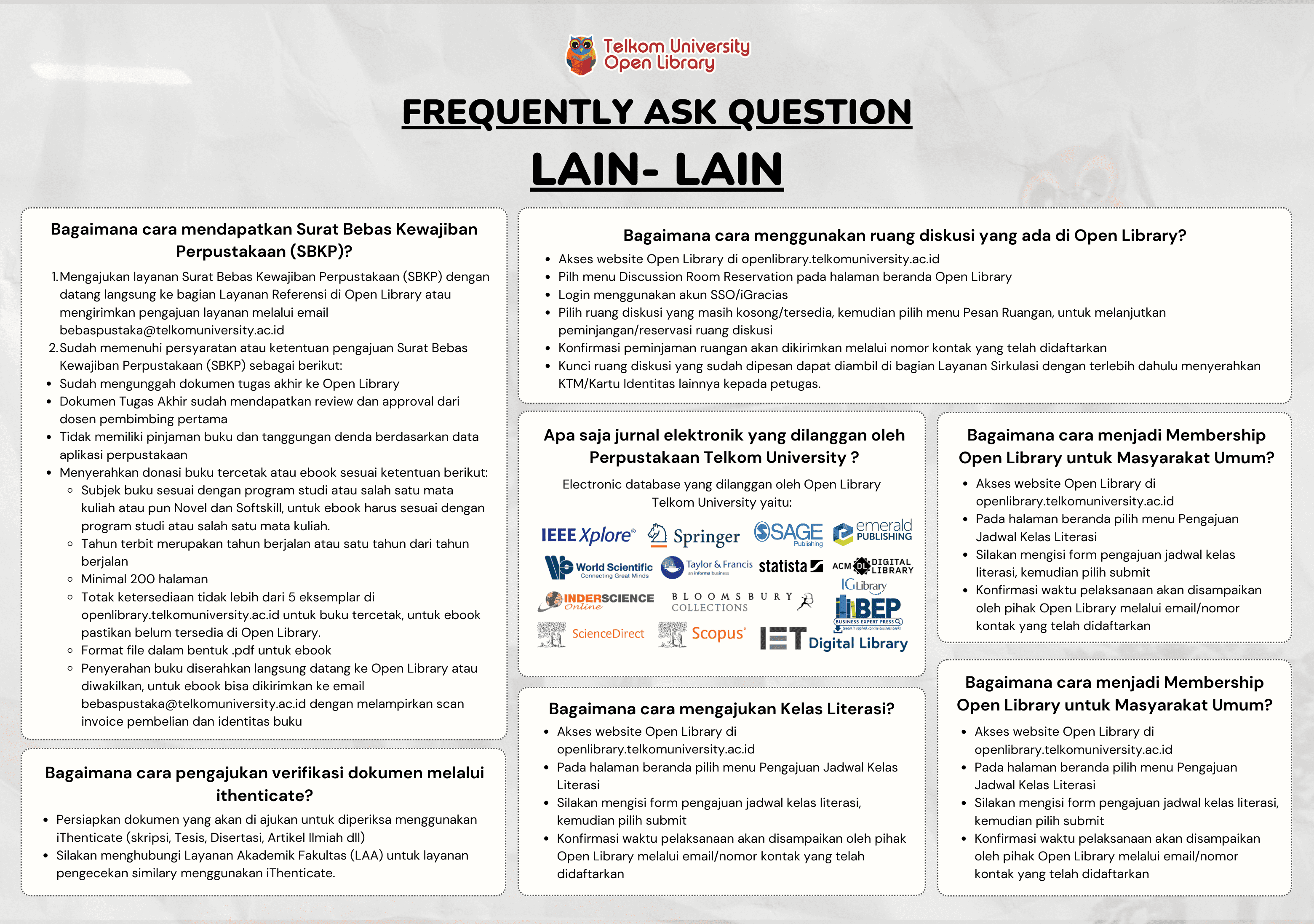Model dan Simulasi Kecepatan-Kepadatan Kendaraan dengan Hambatan menggunakan Regresi Linier Berganda - Dalam bentuk pengganti sidang - Artikel Jurnal
KIAN NAILAIZZA

Informasi Umum
Kode
24.04.5346
Klasifikasi
000 - General Works
Jenis
Karya Ilmiah - Skripsi (S1) - Reference
Subjek
Tugas Akhir
Dilihat
126 kali
Informasi Lainnya
Abstraksi
This study aims to explore and simulate a traffic flow model using a velocity-density function derived from a multiple linear regression method. The traffic flow is characterized by a macroscopic model, specifically the Lightill, Whitham, and Richards (LWR) model, which accounts for vehicle interactions. Data for this study was collected from direct observations on Jalan Raya Bojongsoang in Bandung, Indonesia. The results collected were T-in, T-out, Volume, Maximum Volume, Crossing Vehicle Obstacles, and Large Vehicle Obstacles. Then, the data was transferred into .csv format to facilitate data processing. Data from direct observation results are T-in, T-out, Volume, Maximum Volume, Crossing Vehicle Obstacles, and Large Vehicle Obstacles. Then, the data is transferred into .csv format to facilitate data processing. A model that incorporates density (?), crossing vehicle obstacles (x1), and large vehicle obstacles (x2) has the highest R2 value of 0.638. This indicates that it explains 63.8% of the variance in the velocity data. This model performs the best overall, as indicated by the highest R2 value and the lowest RMSE values for training and test datasets, and will be used to obtain the velocity function. The velocity-density function is approximated by the multiple linear regression equation v(?, x1, x2) = 4.4023 - 6.549? ? 0.1680x1 ? 0.223x2. Furthermore, numerical simulations using the Lax-Wendroff method with a final time T = 60 seconds demonstrate notable differences in traffic flow dynamics.
- CII4E4 - TUGAS AKHIR
Koleksi & Sirkulasi
Tersedia 1 dari total 1 Koleksi
Anda harus log in untuk mengakses flippingbook
Pengarang
| Nama | KIAN NAILAIZZA |
| Jenis | Perorangan |
| Penyunting | Putu Harry Gunawan |
| Penerjemah |
Penerbit
| Nama | Universitas Telkom, S1 Informatika |
| Kota | Bandung |
| Tahun | 2024 |
Sirkulasi
| Harga sewa | IDR 0,00 |
| Denda harian | IDR 0,00 |
| Jenis | Non-Sirkulasi |


















